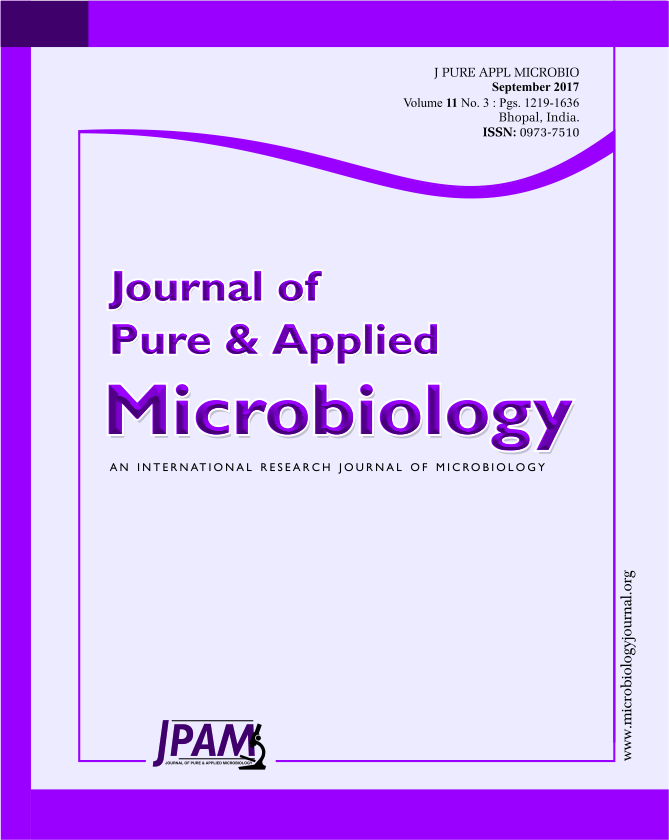Vachellia tortilis is a tree belonging to the family Fabaceae that inhabits high temperature and dry environments of the world. It is ecologically and economically significant amongst others of the genera Vachellia and Senegalia. It is native to Namibia and several other countries. Various parts of the V. tortilis plant are used for different therapeutic purposes both in the traditional and pharmacological settings. However, V. tortilis is vulnerable to pathogenic infection to which they lack natural resistance and little is known regarding the pathogens responsible for such infections. The aim of the study was to isolate and identify the fungal species associated with twig dieback disease in V. tortilis. Pure cultures from diseased V. tortilis were grown using potato dextrose agar (PDA) and DNA was subsequently isolated and later amplified in a PCR reaction using ITS1 and ITS4 primers. Sequencing and BLAST search revealed the identity of the isolates as; Penicillium rubefaciens, Penicillium herbarum, Trichoderma longibrachiatum and Trichoderma harzianum. Results indicated that P. herbarum was associated with disease symptoms in A. tortilis, T. longibrachiatum and T. harzianum were antagonistic fungi while the effect of P. rubefaciens on V. tortilis remained unknown. It is recommended that further investigations using Koch’s postulates should be performed on V. tortilis using the isolates.
Penicillium rubefaciens, Penicillium herbarum, Trichoderma longibrachiatum, Trichoderma harzianum, Namibia, Vachellia tortilis.
© The Author(s) 2017. Open Access. This article is distributed under the terms of the Creative Commons Attribution 4.0 International License which permits unrestricted use, sharing, distribution, and reproduction in any medium, provided you give appropriate credit to the original author(s) and the source, provide a link to the Creative Commons license, and indicate if changes were made.


